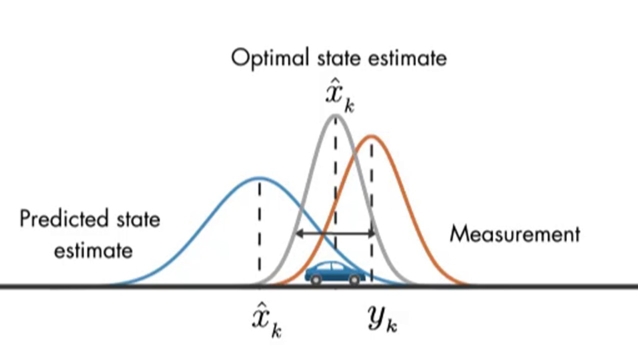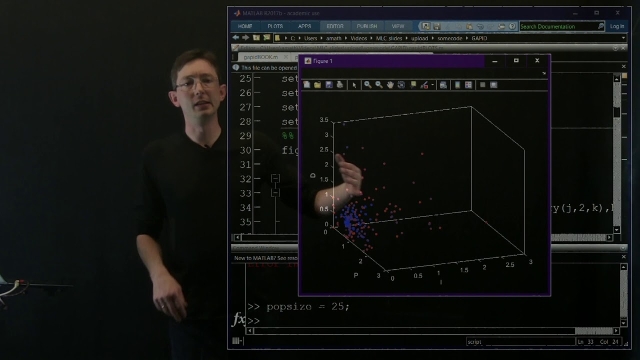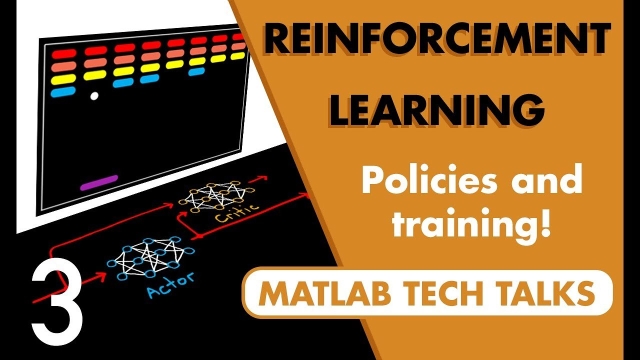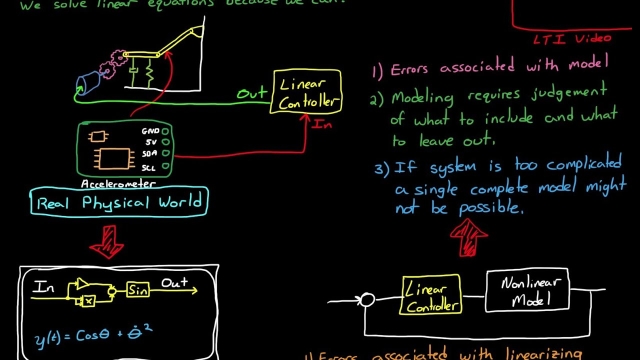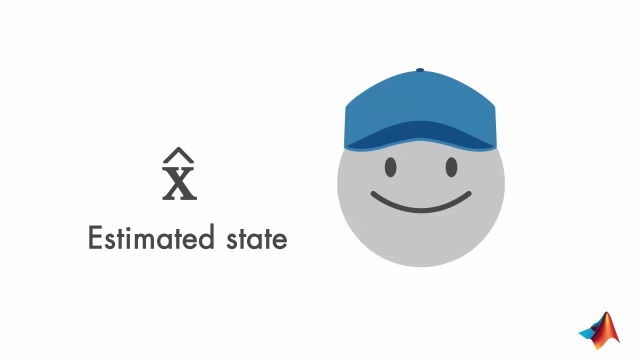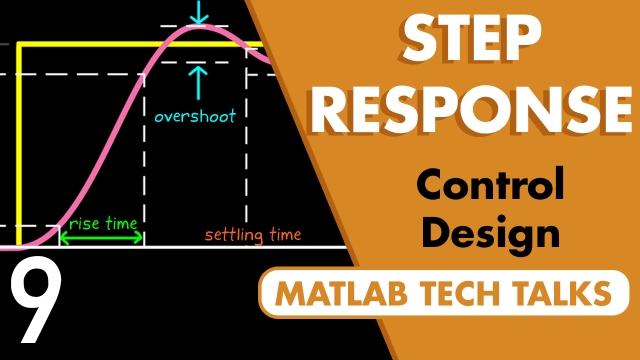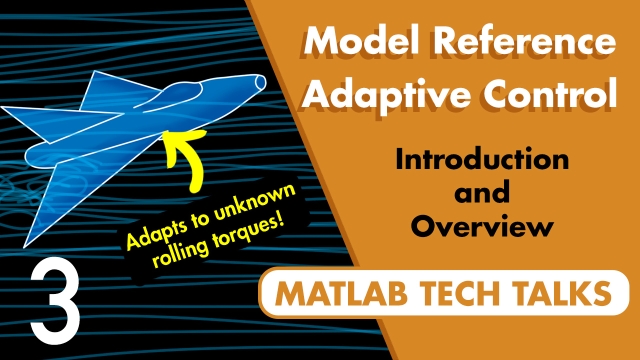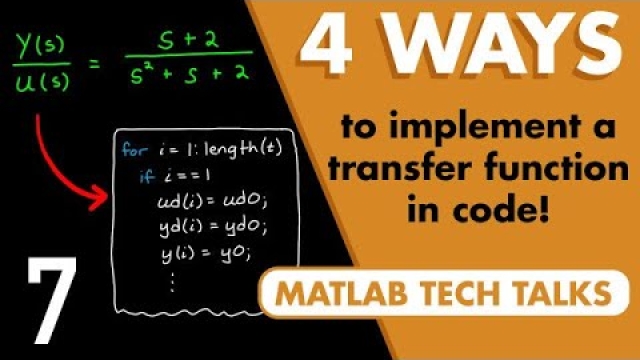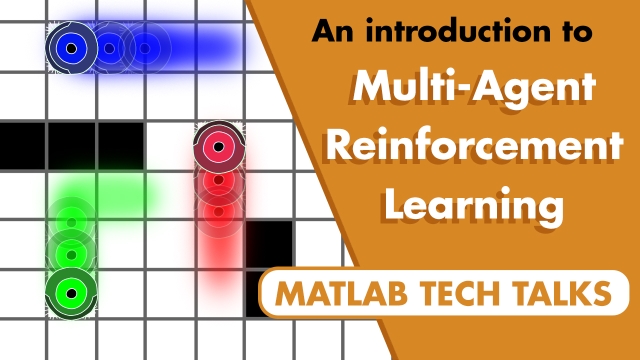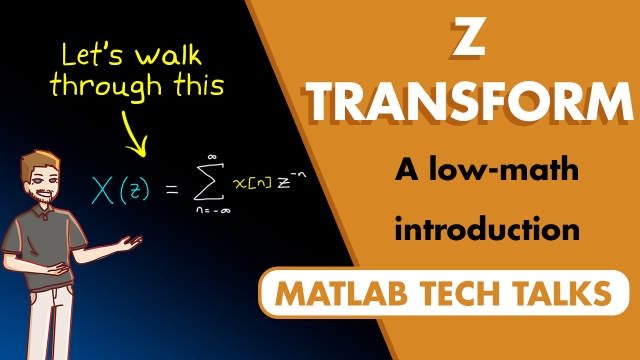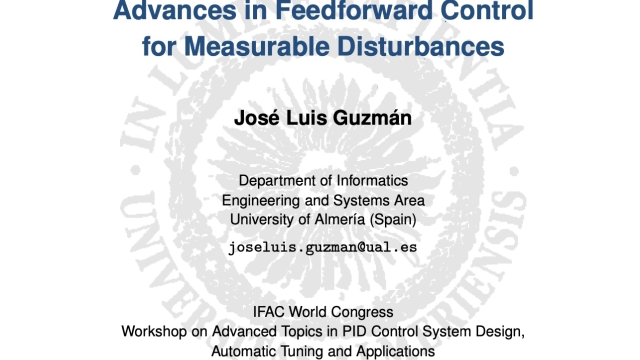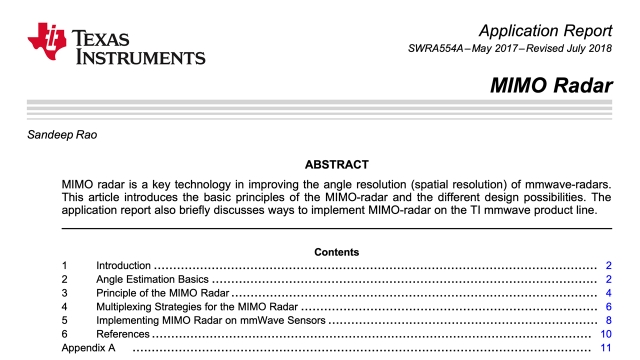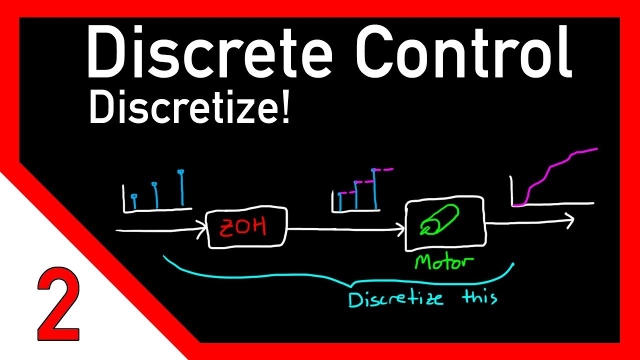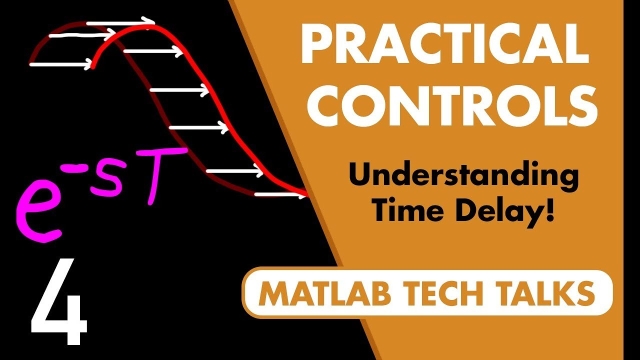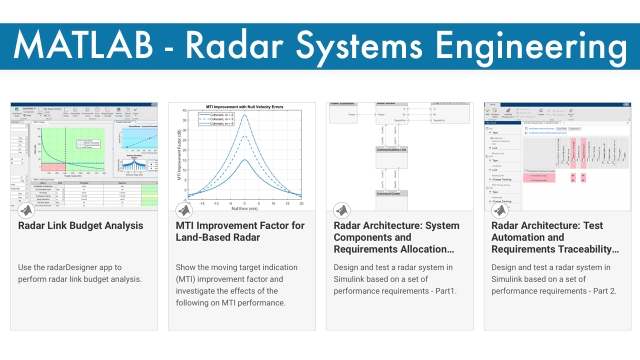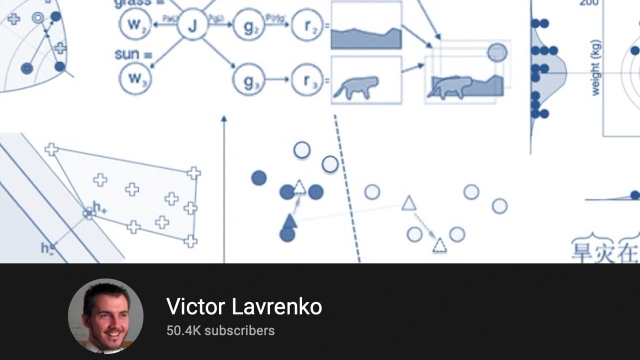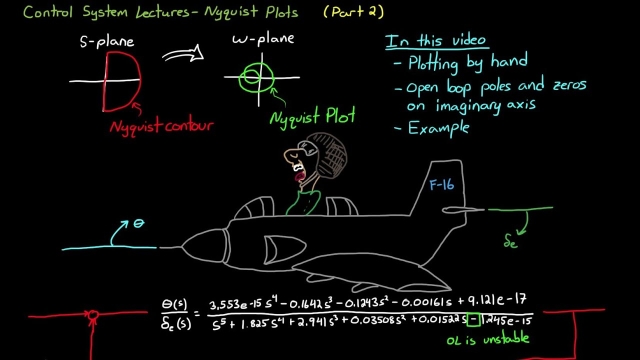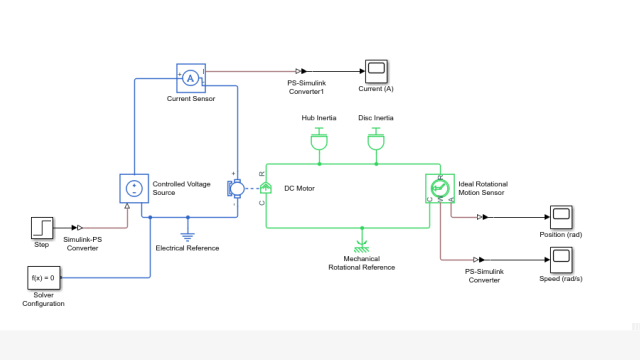
Understanding Kalman Filters, Part 3: An Optimal State Estimator
Watch this video for an explanation of how Kalman filters work. Kalman filters combine two sources of information, the predicted states and noisy measurements, to produce optimal, unbiased...
See MoreFMCW Radar for Autonomous Vehicles | Understanding Radar Principles
Watch an introduction to Frequency Modulated Continuous Wave (FMCW) radar and why it’s a good solution for autonomous vehicle applications. This demonstration will show how FMCW radar can...
See MoreMachine Learning Control: Tuning a PID Controller with Genetic Algorithms (P...
This lecture shows how to use genetic algorithms to tune the parameters of a PID controller. Tuning a PID controller with genetic algorithms is not generally recommended, but is used to...
See MoreReinforcement Learning for Engineers, Part 3: Policies and Learning Algorith...
This video provides an introduction to the algorithms that reside within the agent. We’ll cover why we use neural networks to represent functions and why you may have to set up two neural...
See MoreModeling Physical Systems, An Overview
This video sets the stage for the topics that I want to cover over the next month or two. This is an overview of how you go from a physical system to a linear model where you can design a...
See MoreUnderstanding Kalman Filters, Part 2: State Observers
Learn the working principles of state observers, and discover the math behind them. State observers are used for estimating the internal states of a system when you can’t directly measure...
See MoreControl Systems in Practice, Part 9: The Step Response
This video covers a few interesting things about the step response. We’ll look at what a step response is and some of the ways it can be used to specify design requirements for closed loop...
See MoreAdaptive Control Basics: What Is Model Reference Adaptive Control?
Use an adaptive control method called model reference adaptive control (MRAC). This controller can adapt in real time to variations and uncertainty in the system that is being controlled...
See MoreControl Systems in Practice, Part 7: 4 Ways to Implement a Transfer Function...
In some situations, it is easier to design a controller or a filter using continuous, s-domain transfer functions. We have a lot of mathematical tools that make analyzing and manipulating...
See MoreAn Introduction to Multi-Agent Reinforcement Learning
Learn what multi-agent reinforcement learning is and some of the challenges it faces and overcomes. You will also learn what an agent is and how multi-agent systems can be both cooperative...
See MoreUnderstanding the Z-Transform
This intuitive introduction shows the mathematics behind the Z-transform and compares it to its similar cousin, the discrete-time Fourier transform. Mathematically, the Z-transform is...
See MoreAdvances in Feedforward Control for Measurable Disturbances (slides)
These slides present several contributions to improve the feedforward control approaches when inversion problem arise: the ideal compensator may not be realizable due to negative delay...
See MoreGuaranteed Margins for LQR Regulators
John Doyle's famous paper! He presents a counterexample that shows that are no guaranteed margins for LQG systems.
See MoreMIMO Radar: TI Application Report
MIMO radar is a key technology in improving the angle resolution (spatial resolution) of mmwave-radars. This article introduces the basic principles of the MIMO-radar and the different...
See MoreDiscrete control #2: Discretize! Going from continuous to discrete domain
This is the second video in the discrete control series. It focuses on discretizing a continuous system - getting to the z-domain from the s-domain.
See MoreControl Systems in Practice, Part 4: Why Time Delay Matters
Time delays exist in two varieties: signal distorting delays, like phase lag, in which each frequency is delayed by a different amount of time, resulting in a distorted signal shape; and non...
See MoreA Tutorial on PES Pareto Methods for Analysis of Noise Propagation in Feedba...
This paper represents a tutorial on the so called PES Pareto methodology of analyzing the sources of noise in a feedback loop. Originally conceived for analyzing noise contributors in...
See MoreUnderstanding Control Systems: Open-Loop Control Systems
This video explores open-loop control systems by walking through some introductory examples.
Learn how open-loop systems are found in everyday appliances like toasters or showers, and...
See MoreRadar Systems Engineering MATLAB Documentation and Examples
The functions in this section give you the MATLAB tools needed to evaluate the performance of a radar system. You can use the radar equation to evaluate the radar received signal-to-noise...
See MoreRADAR Engineering
Radar technology is used widely today. The principles involved are very fundamental and every engineering student studies them at least once. This playlist covers Radar Engineering for an EE...
See MoreMachine Learning & Text Processing Lectures
This is the video lecture collection by Victor Lavrenko.
See MoreHow Kalman Filters Work, Part 1
This article looks at four popular estimation filter architectures: particle filter, sigma point filter, extended Kalman filter, and the Kalman filter. It discusses how all four of these...
See MoreCreating Discrete-Time Models
This MATLAB example shows how to create discrete-time linear models using the tf, zpk, ss, and frd commands.
Nyquist Stability Criterion, Part 2
An explanation of the Nyquist Stability Criterion part 2. This video steps through the how to sketch a Nyquist plot by hand, what to do if there are open loop pools on the imaginary axis...
See MoreUsing Simscape™ to Model a Quanser QUBE-Servo 2 with Friction
Modelling a DC servomotor is one of the common examples used in control system textbooks and courses. Given that so many systems use DC motors, e.g. robot manipulator arms, it’s an important...
See More
